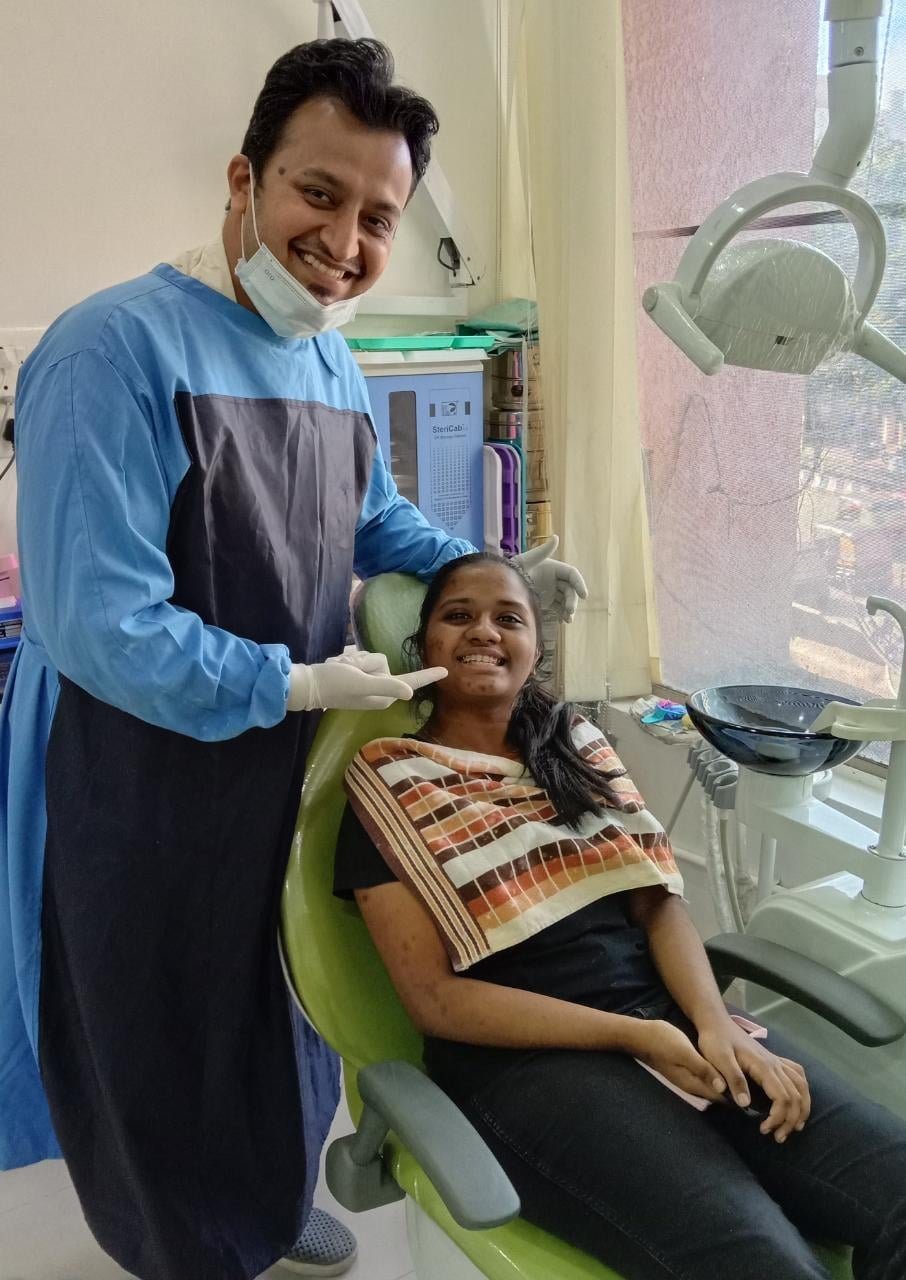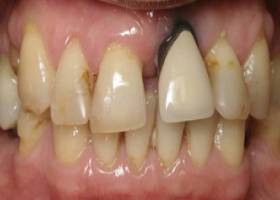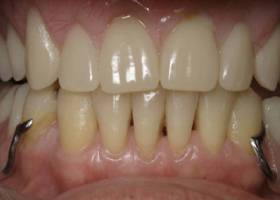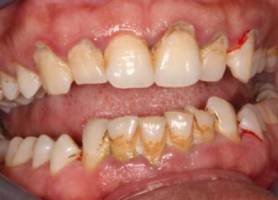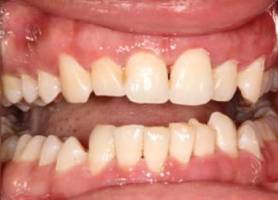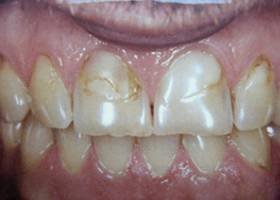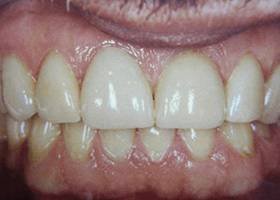Comprehensive Gum Care Near Me in Kalyani Nagar, Gum disease is an inflammation of the gum line that can progress to affect the bone that surrounds and supports your teeth. The three stages of gum disease — from least to most severe — are gingivitis, periodontitis and advanced periodontitis.
Since it is common for gum disease to occur, especially as we age, many people are referred to a periodontist if gum disease is detected. During normal check-ups with a family dentist, periodontal disease will usually be noticed. If you notice these symptoms in between dental check-ups, you can usually see your dentist and ask for a referral to a periodontist.
Signs & Symptoms:
Gum disease can be painless, so it is important to be aware of any of the following symptoms:
- Gums that easily bleed when brushing or flossing
- Swollen, red or tender gums
- Gums that recede or move away from the tooth
- Persistent bad breath or bad taste in mouth
- Loose teeth
- A change in the way your teeth come together
- A change in the fit of partial dentures
- Visible pus surrounding the teeth and gums
- Sharp or dull pains when chewing foods
- Teeth that are overly sensitive to cold or hot temperatures

